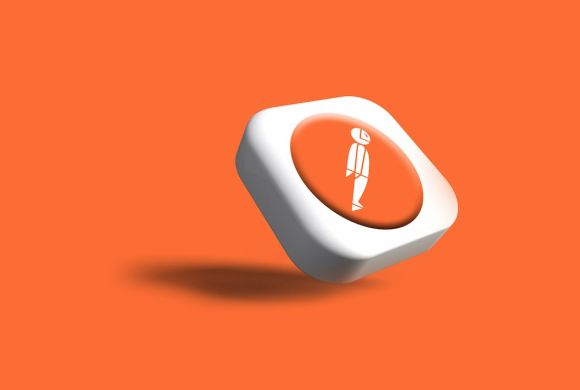Animation has become an integral part of user experience (UX) design, adding a touch of interactivity and delight to digital interfaces. It has the power to communicate information, guide users, and create a seamless and engaging user journey. In this article, we will explore the role of animation in UX design and how it enhances the overall user experience.
Enhancing Visual Feedback
One of the primary roles of animation in UX design is to provide visual feedback to users. When users interact with a digital interface, they expect to receive immediate and clear feedback on their actions. Animation can help fulfill this expectation by providing visual cues that inform users about the system’s response to their interactions. For example, a button changing color or size when hovered over or clicked provides users with a clear indication that their action has been registered.
Guiding User Attention
Another important role of animation in UX design is to guide user attention. In a digital interface filled with various elements, animation can help direct users’ focus to specific areas or actions. By using subtle motion or highlighting effects, designers can guide users’ attention to important information or interactive elements, making the user journey more intuitive and efficient. For instance, a loading animation can keep users engaged while they wait for content to load, preventing frustration and abandonment.
Creating Transitions and Flow
Animation plays a crucial role in creating smooth transitions and flow within a digital interface. It helps users understand the relationship between different elements and screens, making the overall experience feel seamless and cohesive. By using animated transitions, designers can provide users with a sense of continuity as they navigate through different sections or perform actions. This not only enhances the user experience but also adds a level of polish and professionalism to the interface.
Communicating Information and Interactions
Animation is a powerful tool for communicating complex information and interactions in a simplified and visually appealing manner. Instead of overwhelming users with a wall of text or static images, designers can use animation to break down information into digestible chunks and guide users through the process. For example, a step-by-step animation can explain how to complete a form or navigate through a multi-step process, making it easier for users to understand and follow along.
Adding Delight and Personality
Beyond its functional roles, animation also serves as a means of adding delight and personality to a digital interface. Well-crafted animations can evoke emotions, create a sense of delight, and leave a lasting impression on users. By incorporating playful and unexpected animations, designers can inject personality into the interface, making it memorable and enjoyable to use. However, it is important to strike a balance between adding delight and maintaining usability, ensuring that animations do not hinder the overall user experience.
Conclusion
Animation plays a vital role in UX design, offering a range of benefits that enhance the overall user experience. From providing visual feedback and guiding user attention to creating smooth transitions and communicating information, animation adds interactivity, engagement, and delight to digital interfaces. By leveraging the power of animation, designers can create intuitive, seamless, and visually appealing experiences that leave a lasting impression on users. So, the next time you interact with a digital interface, pay attention to the animations and appreciate how they contribute to your overall user experience.
